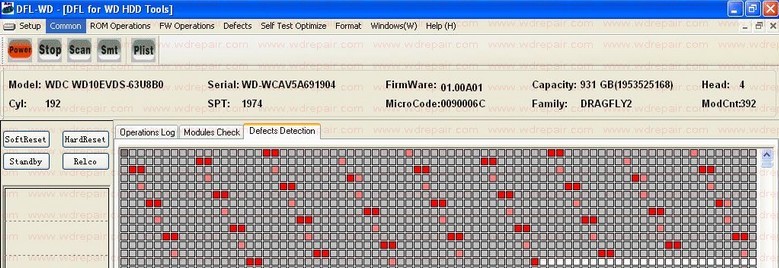There’re many data recovery tools in the market today including different priced and functioned data recovery software and hardware. However, We must disappoint you to say most of the tools are not actually working or meeting users’ needs.
Almost each country has engineers who are able to create data recovery software and therefore most data recovery kits users find are data recovery software utilities. As for data recovery hardware or data recovery hardware and software complex tools, few companies of few countries are able to manufacture them and support them due to the high cost of hardware design, hardware moduling,embedding codes,codes encryption,software integration, software testing, hardware firmware design, interface design
and coding, etc.
Data Recovery Hardware Or Software and Hardware Complex Tools Have A Higher Level Of Solutions To Damaged Hard Drives, Flash Drives, SSDs, etc. and therefore, if users are planning to start a data recovery business, start one in-house data recovery sector or improve their data recovery capabilities, users must select data recovery hardware or software and hardware complex tools. Read more









